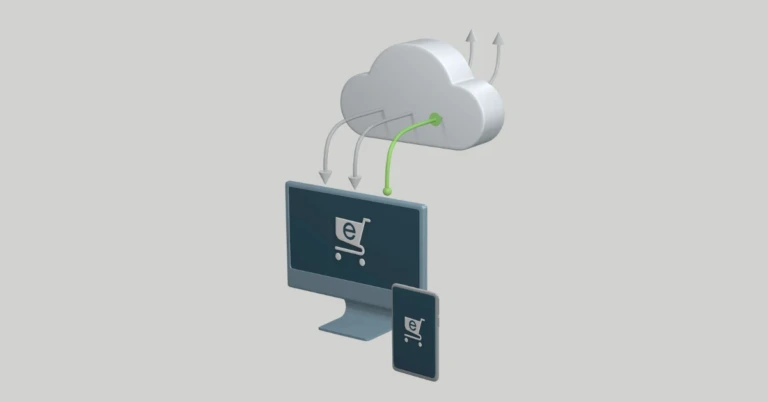
Where Does It Hurt? The State of Purchasing Practices in Health Care
Inflexible and time-consuming phases in ordering complicate daily work in health care organizations. This blog discusses the findings of a recent study by OpusCapita.
We at OpusCapita wanted to find out the current state of procurement policies and purchasing practices in health care organizations. So we did a survey* in both public and private sector health care organizations in Finland. Drawing from the survey, here are highlights on three interesting findings.
1. Manual and laborious ordering takes time away from more meaningful tasks
The key finding of the survey can be summarized as follows: laborious ordering and purchasing processes make everyday life more difficult for head nurses and procurement departments in hospitals, hospital districts, and other health care organizations.
63% of respondents stated that there were inflexible and time-consuming phases in the order and purchase processes and policies.
The most commonly mentioned weaknesses included the manual steps in ordering and the time it takes to make an order, the excessive number of purchase places and channels, as well as the difficulties in finding the right product to order.
These challenges do not apply only to the purchasing practices in health care but are all too familiar in other types of organizations as well. The efforts of the procurement department are generally appreciated and many people feel that it creates a good basis for operative buying. But in practice, the ordering processes are not all that straightforward or efficient, which makes purchasing difficult and complicated and causes some of procurement’s hard work to go undone.
2. In search of a smooth user experience
So, it is no surprise that the optimization of the ordering process stood out in the survey as the part of the purchasing chain that requires improvement the most. People working in health care organizations also felt that there would be room for improvement in purchasing tools and their functionalities.
27% expressed their unhappiness with the tools in their organization. Half of the respondents use an e-procurement system and ⅓ order via email.
Typically, there are several individuals in a health care organization who are responsible for ordering goods and services alongside their daily work. The user-friendliness of the tools plays a major role here: many of the respondents would like to have a purchasing system that guides and helps through the steps of the order process. If you stop and think of how conveniently you can place an order in a typical consumer webshop, it’s easy to understand where the standards are set.
What’s more, with a purchasing system in place, buying would become more controlled as the procurement department would be able to ensure that orders are made to the contracted suppliers and in accordance with the agreed terms and conditions.
3. Missing out on the possibilities of digital transformation?
One of the current drivers for digital change in public organizations is the new EU legislation that obliges public sector organizations to not only send and receive e-invoices but to comply with certain electronic purchasing practices starting from the beginning of 2019.
86% of the respondents had never heard of PEPPOL.
In the United Kingdom, the public health service NHS is making its purchase and invoice processes electronic and has chosen PEPPOL-compliant standards in doing so. The European electronic invoicing and purchasing network is growing quickly at the moment and could, for its part, revolutionize the purchase-to-pay functions in health care organizations, too, if they are ready to grasp the opportunity.
*32 health care professionals from public and private sectors, for example, hospitals, hospital districts, and companies including private clinics, were interviewed for the survey in 2017. The survey was commissioned by OpusCapita and carried out by Funnel.











